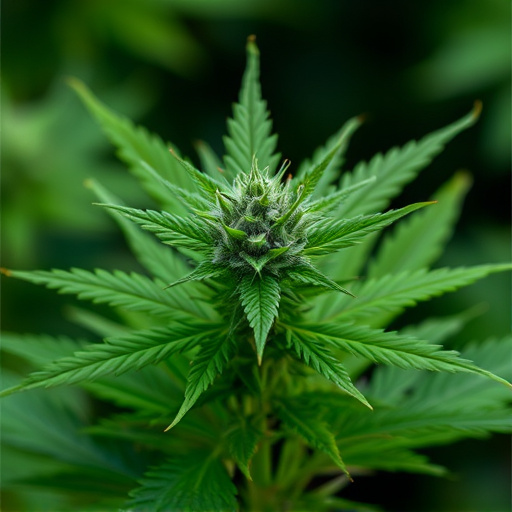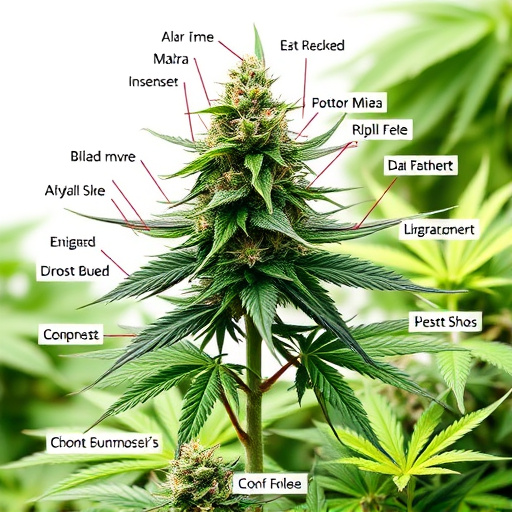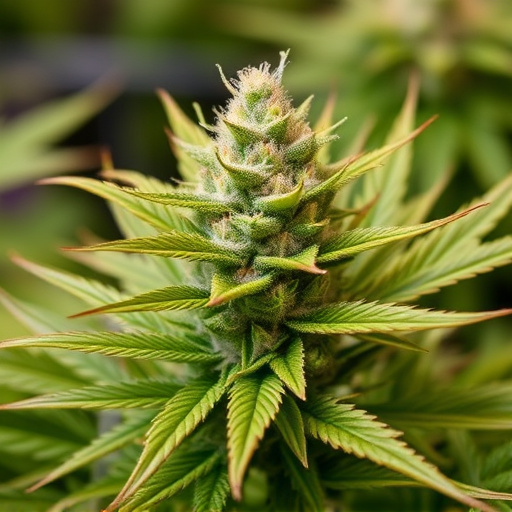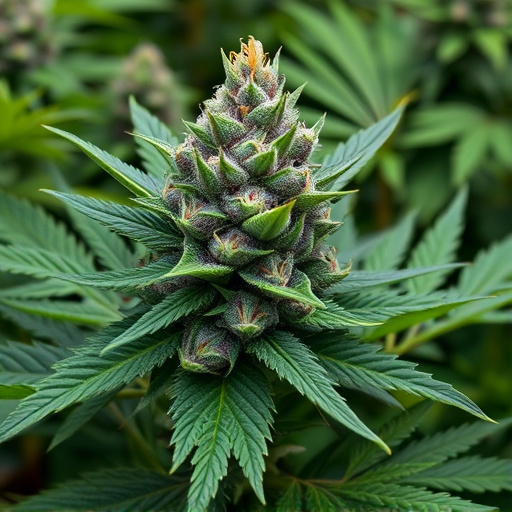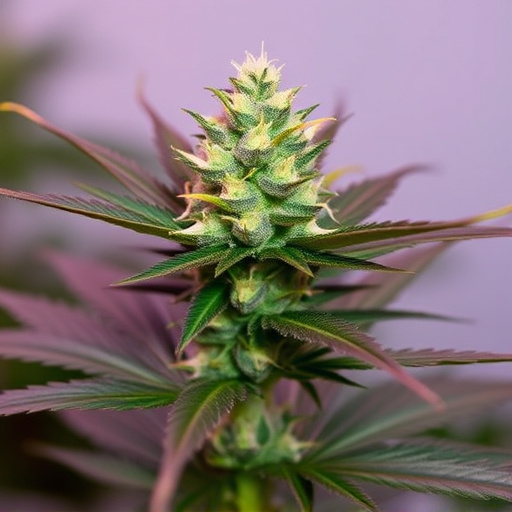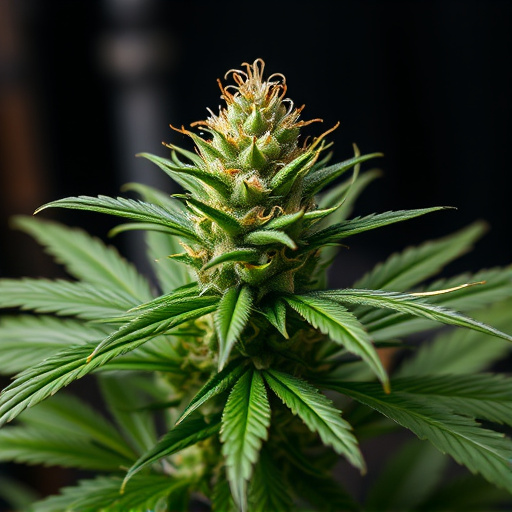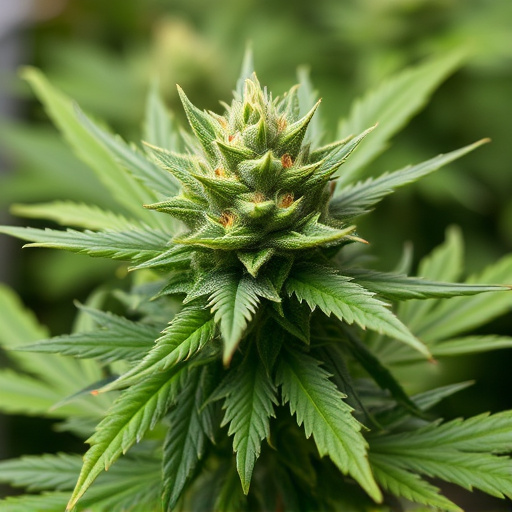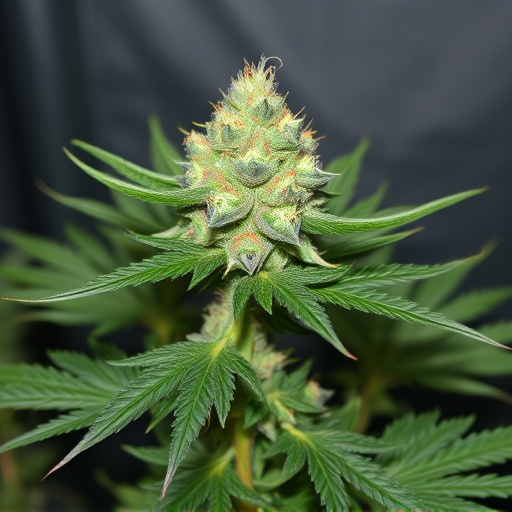Cannabis potency is influenced by genetic and environmental factors, including terpene profiles and cultivation techniques, making it complex to determine. Nutritional status impacts how the body processes and reacts to cannabis, with certain nutrients enhancing cannabinoid bioavailability. The growing cannabis industry offers a wide array of new strains with unique terpene and cannabinoid combinations, providing diverse experiences from sativas to indicas. Experimenting with these new strains allows consumers to tailor choices based on preferences and desired effects, unlocking enhanced sensory and therapeutic benefits.
Does what you eat impact how potent marijuana feels? It’s a question that goes beyond simply enjoying a snack. Understanding the science behind cannabis potency and its diverse factors, including nutrition, is crucial. This article explores how diet can enhance or mask weed effects, delving into the emerging world of new cannabis strains and their unique properties. Discover insights to navigate the ever-evolving landscape of recreational and medicinal marijuana experiences.
- Understanding Cannabis Potency and Its Factors
- The Role of Nutrition in Enhancing or Masking Weed Effects
- Exploring New Cannabis Strains and Their Unique Properties
Understanding Cannabis Potency and Its Factors
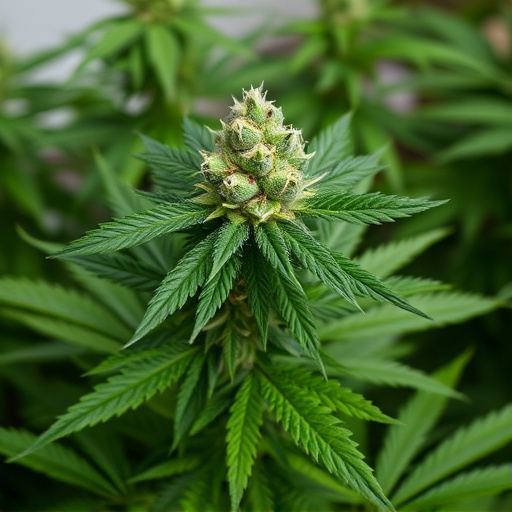
Cannabis potency, or strength, refers to the amount of THC (tetrahydrocannabinol), the primary psychoactive compound in marijuana, present in a given strain. It’s not solely determined by what’s eaten but by a complex interplay of genetic and environmental factors. New cannabis strains are constantly being developed, each with unique terpene profiles and cannabinoid content. Terpenes, aromatic compounds that give cannabis its distinct flavors, can influence both the potency and effects of the plant.
Environmental factors such as growing conditions, cultivation techniques, and curing processes also play significant roles. The way cannabis is grown, from soil quality to light exposure, can impact THC levels. Curing, the process of allowing harvested plants to dry and mature, further refines potency by concentrating cannabinoids. Understanding these various factors is key to appreciating how different cannabis strains can vary widely in strength and how dietary choices might subtly influence one’s experience.
The Role of Nutrition in Enhancing or Masking Weed Effects

Nutrition plays a significant role in how our bodies process and react to cannabis, including its potency and effects. While it might be tempting to think that consuming specific foods can directly make weed stronger, it’s not quite as simple. The interaction between nutrition and cannabinoids, like THC, is complex. Certain nutrients can enhance the bioavailability of these compounds, potentially increasing the intensity of the high. For instance, fat-soluble vitamins and essential fatty acids can help the body absorb and retain cannabinoids more efficiently.
When introducing new cannabis strains with unique profiles, understanding their effects in relation to nutrition becomes even more intriguing. Some strains may have higher THC levels, while others focus on elevated CBD content. A well-balanced diet that includes a variety of fruits, vegetables, healthy fats, and proteins can support overall wellness and modulate the way these compounds are experienced. This is especially relevant as consumers explore new cannabis varieties, where nutritional awareness can contribute to a more enjoyable and controlled consumption experience.
Exploring New Cannabis Strains and Their Unique Properties
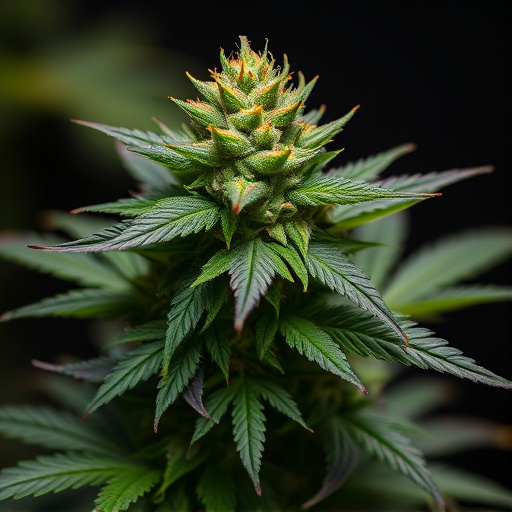
As the cannabis industry continues to evolve, so do the diverse range of new cannabis strains available. Each strain boasts unique properties, offering consumers a wide array of options to suit different preferences and desired effects. From uplifting and energetic sativas to relaxing and sedative indicas, the variety is vast. Exploring these new cannabis strains allows individuals to experiment and discover the specific attributes that resonate with their needs.
The allure of trying new strains stems from the fact that each offers distinct terpene profiles and cannabinoid concentrations. Terpenes, aromatic compounds responsible for the distinct flavors and aromas of cannabis, play a significant role in the overall experience. Additionally, the concentration of cannabinoids like THC and CBD varies between strains, influencing the potency and potential therapeutic benefits. By trying new cannabis strains, users can unlock different sensory experiences and potentially enhance their overall connection with this popular plant.
In exploring whether certain foods enhance or mask the effects of weed, it’s clear that nutrition plays a role in individual experiences. While specific dietary choices might not directly make cannabis stronger, they can influence how the body processes and perceives its active compounds. As the landscape of legal cannabis continues to expand with new strains offering unique properties, understanding these interactions is crucial for consumers looking to optimize their experiences. Experimenting with different nutrition strategies alongside exploring diverse new cannabis strains can lead to a more informed and enjoyable journey through this evolving realm.
